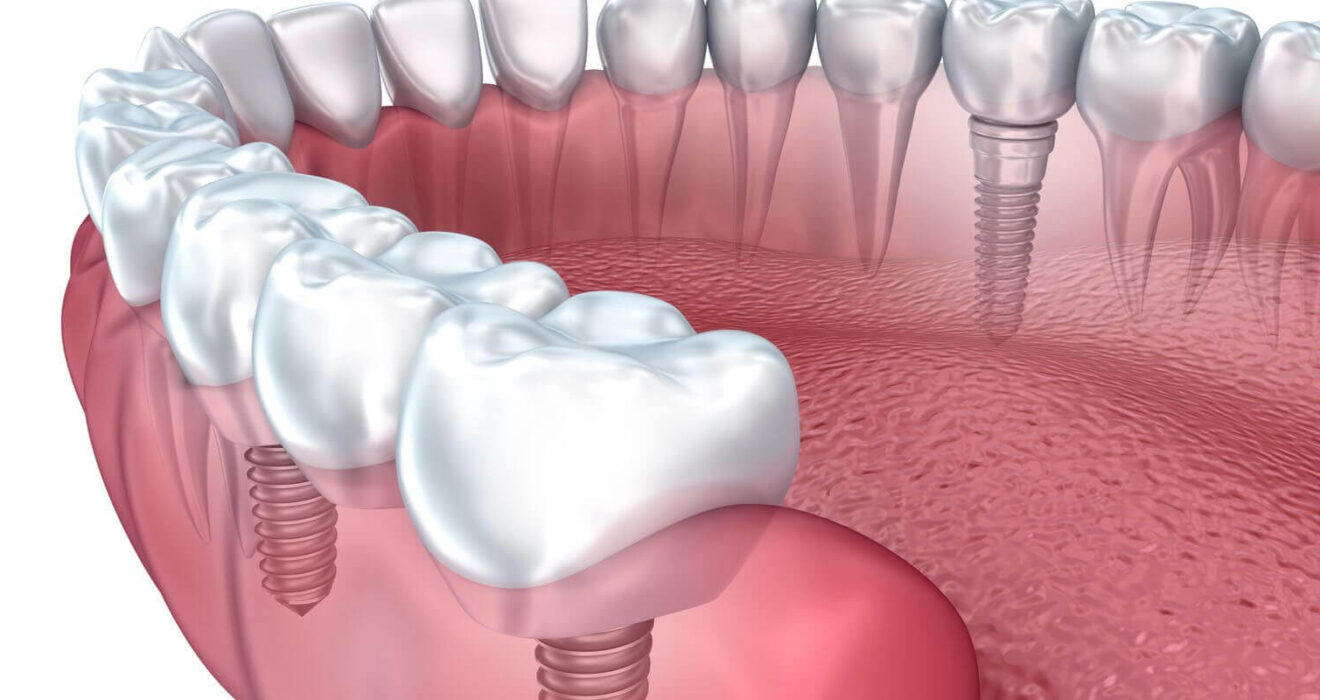A Comprehensive Guide to Sinus Lifting and Bone Grafting Procedures
Dental implants, which provide permanent and aesthetic solutions for missing teeth, are among the most successful treatments in modern dentistry. However, for an implant to be successful, the jawbone must have sufficient volume and density. Unfortunately, in many patients, this requirement is not met due to long-term tooth loss or various bone-related diseases.
In such cases, sinus lifting and bone grafting procedures are performed to strengthen the jawbone and restore adequate volume. In this article, we will examine these two key procedures from both scientific and practical perspectives, explaining who they are suitable for, how the processes work, and why they are necessary for a successful implant outcome.
Why and How Does Bone Loss Occur?
After tooth loss, the jawbone in the affected area begins to lose volume and density over time. This is because the jawbone maintains its vitality and structural integrity through mechanical stimulation from the tooth roots. Once a tooth is extracted, this stimulation disappears, and the body perceives the bone in that area as “unnecessary,” gradually resorbing it.
This process is especially noticeable in the upper jaw, in the posterior regions. Aging, osteoporosis, infections, trauma, and certain systemic diseases can also weaken the jawbone.
As a result, the strong bone tissue required for implant placement disappears, and the implant can no longer integrate with the jawbone. In such cases, advanced surgical procedures like sinus lifting and bone grafting become necessary.
What Is Sinus Lifting?
The maxillary sinuses, located in the posterior part of the upper jaw, are air-filled cavities. After tooth extraction, these cavities can sag downward, reducing the vertical bone height needed for implant placement.
Sinus lifting is a surgical procedure where the sinus membrane is lifted upward, and the space beneath is filled with bone graft material. The goal is to restore enough bone height for the implant to integrate successfully.
There are two main techniques for sinus lifting:
- Open (lateral) sinus lifting: Used in cases with very little bone height (usually less than 4 mm). A small window is opened in the side wall of the maxilla, the sinus membrane is lifted, and graft material is placed. The implant is typically placed 4–6 months later.
- Closed (transalveolar) sinus lifting: Suitable for cases with mild bone deficiency (about 5–7 mm of existing bone). This technique can often be performed at the same time as implant placement. It is less invasive, and recovery is faster.
What Is Bone Grafting?
Bone grafting is a procedure performed when there is a horizontal or vertical deficiency in the jawbone. Grafting both supports the area where the implant will be placed and provides a stable foundation for long-term implant success.
Graft materials can come from different sources:
- Autograft: Taken from the patient’s own body (such as the chin or hip bone). Offers the highest compatibility.
- Allograft: Human donor bone, processed and sterilized.
- Xenograft: Animal-derived bone (commonly bovine).
- Alloplastic graft: Synthetic materials produced in a laboratory.
Over time, these materials integrate with the patient’s tissue and stimulate new bone growth. Bone grafting can be performed before or simultaneously with implant placement.
Who Are These Procedures Suitable For?
- Individuals who have gone a long time without implant placement after tooth loss
- Patients with severe jawbone resorption
- Elderly patients with reduced bone density due to aging
- Patients with bone loss due to jaw trauma or surgery
- Patients with sagging sinuses in the upper jaw, leaving insufficient height for implants
For these patients, implant treatment becomes possible only after preliminary bone augmentation procedures. Otherwise, the implant may fail.
Recovery Process and Post-Operative Care
After sinus lifting and bone grafting, patients should follow these guidelines:
- Avoid rinsing the mouth and consuming hot foods in the first 24 hours.
- After sinus lifting, be careful when cleaning the nose; do not suppress sneezing, but sneeze with the mouth open.
- Keep the surgical site protected from infection; take prescribed antibiotics as directed.
- Avoid movements and prosthesis use that put pressure on the graft area.
Complete healing takes between 3 and 6 months, depending on the method used. After this period, implant placement can proceed.
Bone Grafting and Sinus Lifting in İzmir
İzmir is home to many skilled clinics specializing in advanced dental procedures. Sinus lifting and bone grafting, which require high surgical expertise, should be performed by experienced professionals.
Dt. Emre Sarkın and Dt. Özlem Gülbenli Yılmaz stand out in İzmir for their years of knowledge and clinical experience in this field. At Dent Evka, they use modern treatment techniques to offer safe implant solutions for patients with insufficient bone.
The Role of Technology in Modern Dentistry
Today, sinus lifting and bone grafting procedures can be planned with far greater precision using digital imaging technologies. Cone Beam Computed Tomography (CBCT) allows the jawbone to be examined in 3D, enabling personalized treatment planning.
This reduces surgical risks and ensures maximum accuracy when determining the implant site. In İzmir’s modern dental clinics, such digitally assisted treatment processes offer patients significant advantages in both comfort and success rates.
Bone Deficiency Is No Longer an Obstacle
In the past, bone deficiency was seen as a major barrier to implant placement. Today, with advanced techniques like sinus lifting and bone grafting, this issue can be overcome with ease.
Proper diagnosis, meticulous planning, and a skilled team are the foundations of long-lasting, healthy dental treatments.
If you’re looking for a reliable center for advanced dental surgery in İzmir, Dt. Emre Sarkın and Dt. Özlem Gülbenli Yılmaz at Dent Evka may be the right choice for you.
With modern technology and the right approach, achieving a healthy, complete smile is now more possible than ever.

